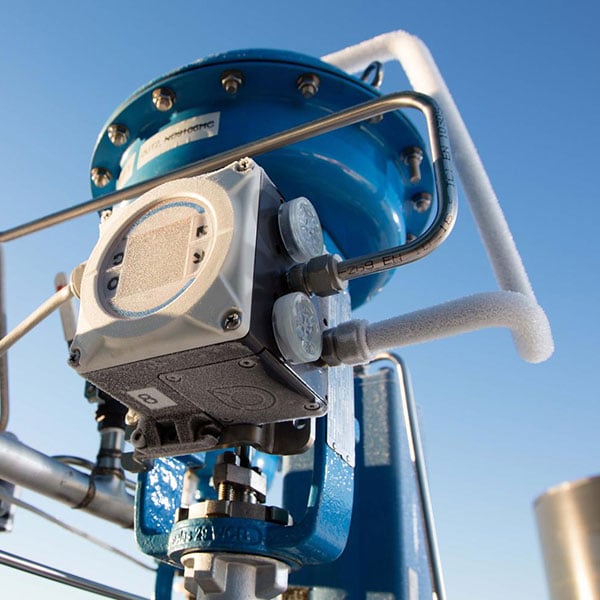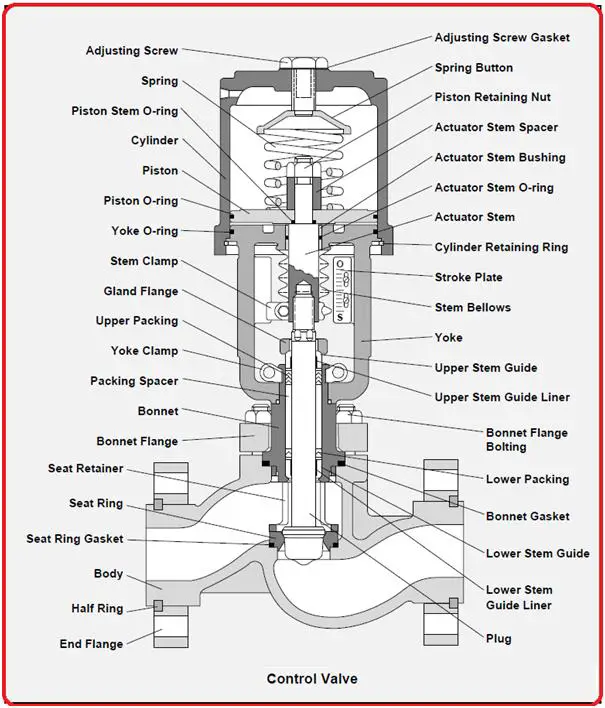How Control Valves Impact Power Efficiency in Industrial Settings
How Control Valves Impact Power Efficiency in Industrial Settings
Blog Article

Maximize Power Savings and Comfort With Advanced Structure Automation Controls
In the realm of modern-day design and facility monitoring, the assimilation of innovative structure automation manages stands as a crucial development. The merging of innovation and sustainability has birthed a brand-new age where energy effectiveness, convenience optimization, and functional streamlining are no more far-off desires however achievable truths. By utilizing the power of automation, buildings can adapt, react, and advance in manner ins which were as soon as unbelievable. The possibility for substantial power financial savings and boosted comfort is not simply a guarantee however an opportunity waiting to be satisfied. This paradigm change in building monitoring holds the crucial to unlocking a globe where ecological conscientiousness and owner health harmoniously exist together within the walls of our structures.
Energy Efficiency Perks
Power performance benefits can considerably reduce energy usage and functional costs in structures. Energy-efficient systems, such as innovative structure automation controls, can optimize the use of sources like illumination, home heating, and air conditioning, leading to reduced power expenditures over time.
In addition, enhanced power efficiency can lengthen the life-span of structure tools and systems. By running much more efficiently, cooling and heating systems, lighting fixtures, and various other building components experience less wear and tear, causing reduced upkeep and replacement prices. In addition, energy-efficient buildings frequently regulate greater residential or commercial property worths and rental prices, providing lasting financial benefits to owners.
In addition, power performance can improve resident comfort and efficiency. Effectively controlled interior atmospheres with optimum lights and thermal conditions develop a more enjoyable and helpful work space, causing boosted staff member satisfaction and efficiency. Generally, the energy performance advantages linked with advanced structure automation controls are multifaceted, encompassing cost savings, ecological stewardship, and owner wellness.
Enhanced Convenience Control
Enhancing comfort control in structure atmospheres requires an innovative integration of innovative automation systems for optimum resident wellness. By making use of innovative building automation controls, facilities can customize the interior setting to meet the details needs and preferences of passengers. control valves.
By incorporating these sophisticated controls, structures can not only enhance comfort however also improve power performance by optimizing system operations based on actual tenancy and use patterns. Eventually, prioritizing passenger comfort through advanced automation systems leads to an extra pleasurable and much healthier interior atmosphere.
Functional Efficiency Improvements

Additionally, the application of real-time tracking and analytics devices makes it possible for building drivers to identify power inefficiencies and operational abnormalities without delay. By constantly keeping an eye on power usage patterns and system performance metrics, modifications can be made in real-time to maximize power intake and guarantee peak operational performance. control valves. In addition, including need reaction methods right into building automation controls can further improve operational efficiency by dynamically go to my site changing energy use based on grid conditions and pricing signals
Indoor Climate Optimization
Effective indoor environment optimization is a basic facet of structure automation controls, guaranteeing residents' comfort and well-being while making best use of energy cost savings. By making use of innovative sensing units and controls, constructing automation systems can continuously change and monitor temperature, moisture degrees, air quality, and air flow to develop an optimal interior environment. Keeping regular and comfy conditions not just enhances occupant fulfillment but additionally enhances performance and overall wellness.
Interior climate optimization additionally plays a crucial role in power performance. By fine-tuning air conditioning, heating, and ventilation systems based on real-time data and occupancy patterns, constructing automation controls can dramatically reduce power usage - control valves. Applying strategies such as demand-controlled air flow and thermal zoning can aid reduce energy waste while making sure that each location of the structure gets the necessary conditioning.

Sustainable Setting Production
Structure automation controls not only enhance indoor environment conditions for power effectiveness and owner comfort yet also lay the structure for creating a sustainable environment through tactical monitoring of systems and sources. By integrating advanced structure automation modern technologies, such as sensors, actuators, and smart software application, facilities can monitor and change power usage in real-time to decrease waste and decrease their carbon impact. These systems allow anticipating maintenance, recognizing prospective problems prior to they escalate and enhancing equipment efficiency to enhance durability and efficiency.
Additionally, sustainable atmosphere production prolongs beyond power monitoring to include water conservation, waste reduction, and interior air high quality improvement. Structure automation controls can manage water usage, spot leaks, and make certain proper waste disposal practices, adding to general sustainability initiatives. Additionally, by monitoring and regulating air flow and purification systems, these technologies boost owner wellness and performance while lowering energy consumption associated with a/c procedures.
Final Thought
Finally, advanced structure automation controls deal considerable advantages in regards to power financial savings, comfort control, find out here now operational effectiveness, indoor climate optimization, and producing a sustainable setting. By implementing these controls, buildings can accomplish optimum efficiency while minimizing energy consumption and enhancing occupant convenience. It is noticeable that using Continued sophisticated automation technology is essential in improving building efficiency and creating a much more sustainable future.
Power performance advantages can considerably decrease energy consumption and functional prices in buildings. Generally, the power effectiveness benefits linked with sophisticated building automation controls are diverse, incorporating cost savings, ecological stewardship, and passenger well-being.
In addition, including demand feedback approaches into structure automation controls can better boost operational performance by dynamically adjusting power use based on grid problems and pricing signals.
Building automation regulates not just optimize indoor environment conditions for power efficiency and occupant convenience but also lay the structure for creating a sustainable atmosphere with strategic management of systems and resources.In final thought, advanced building automation regulates deal substantial benefits in terms of power financial savings, convenience control, operational efficiency, interior climate optimization, and developing a sustainable environment.
Report this page